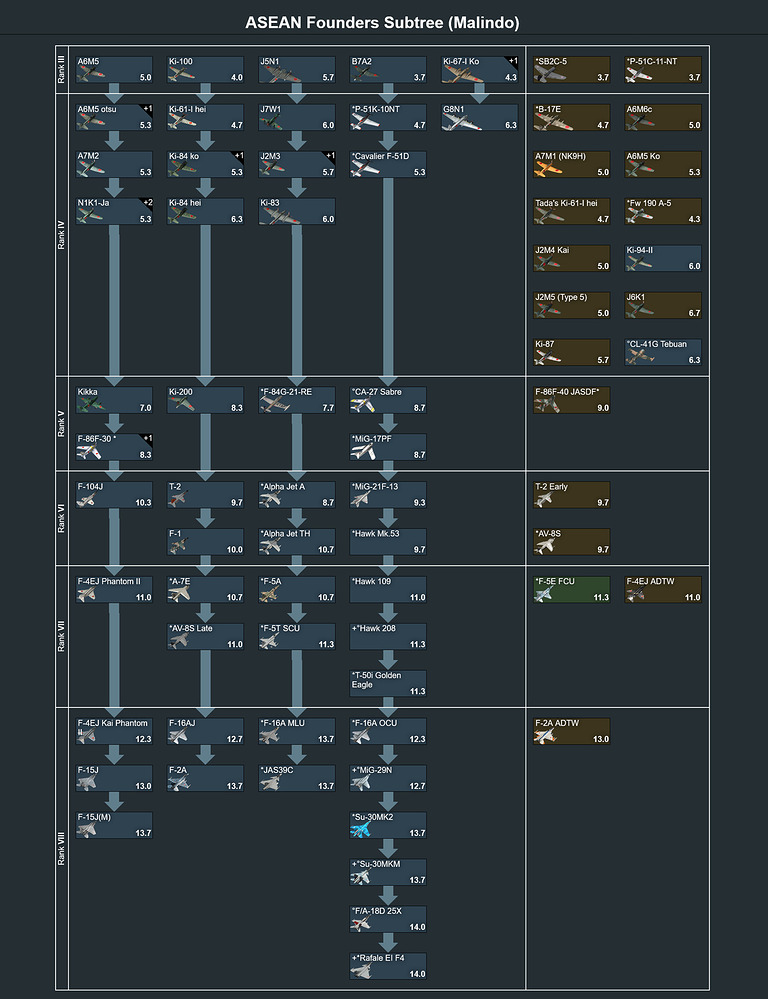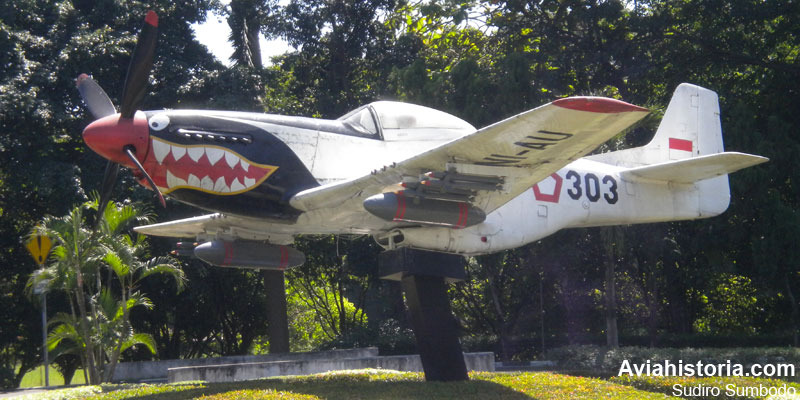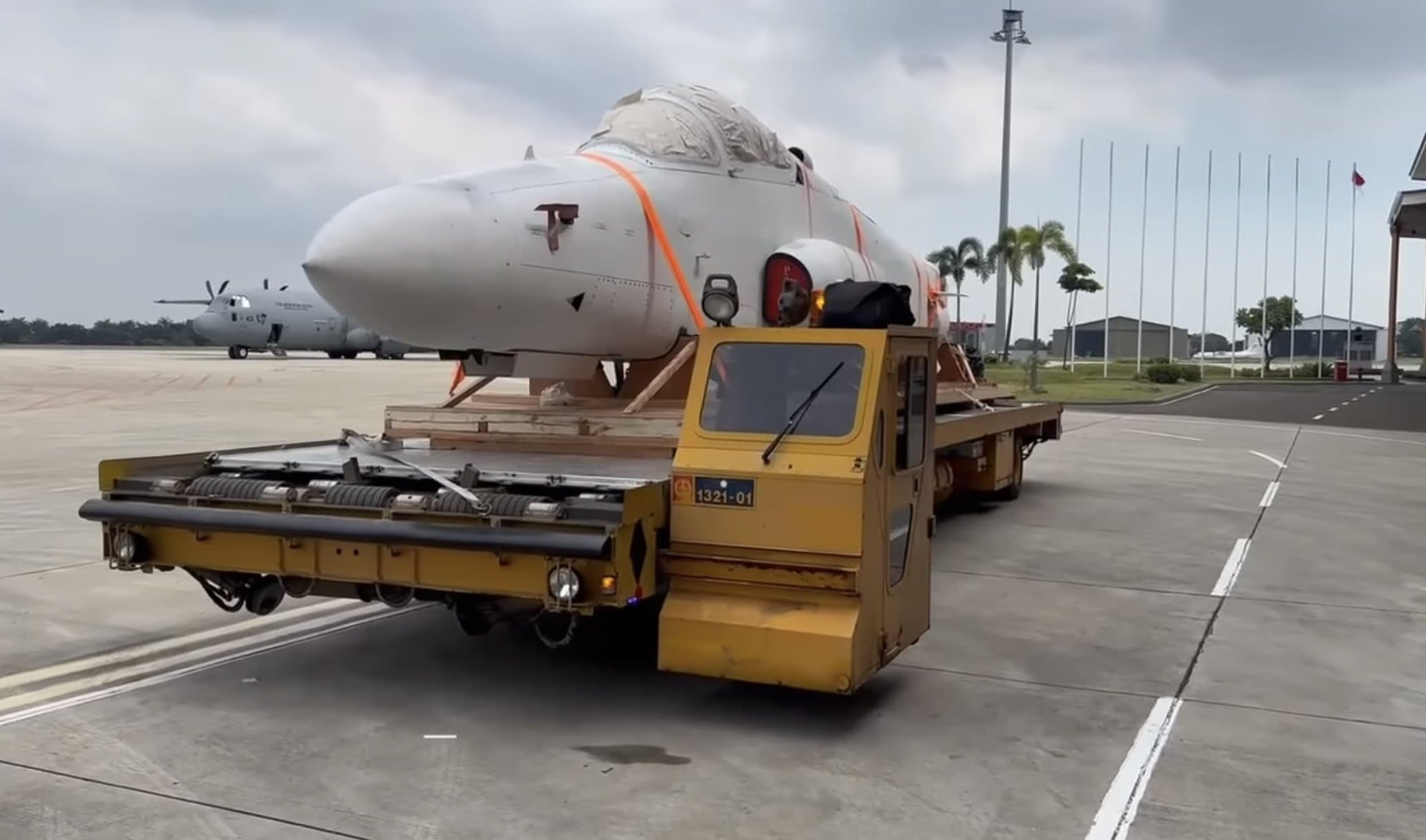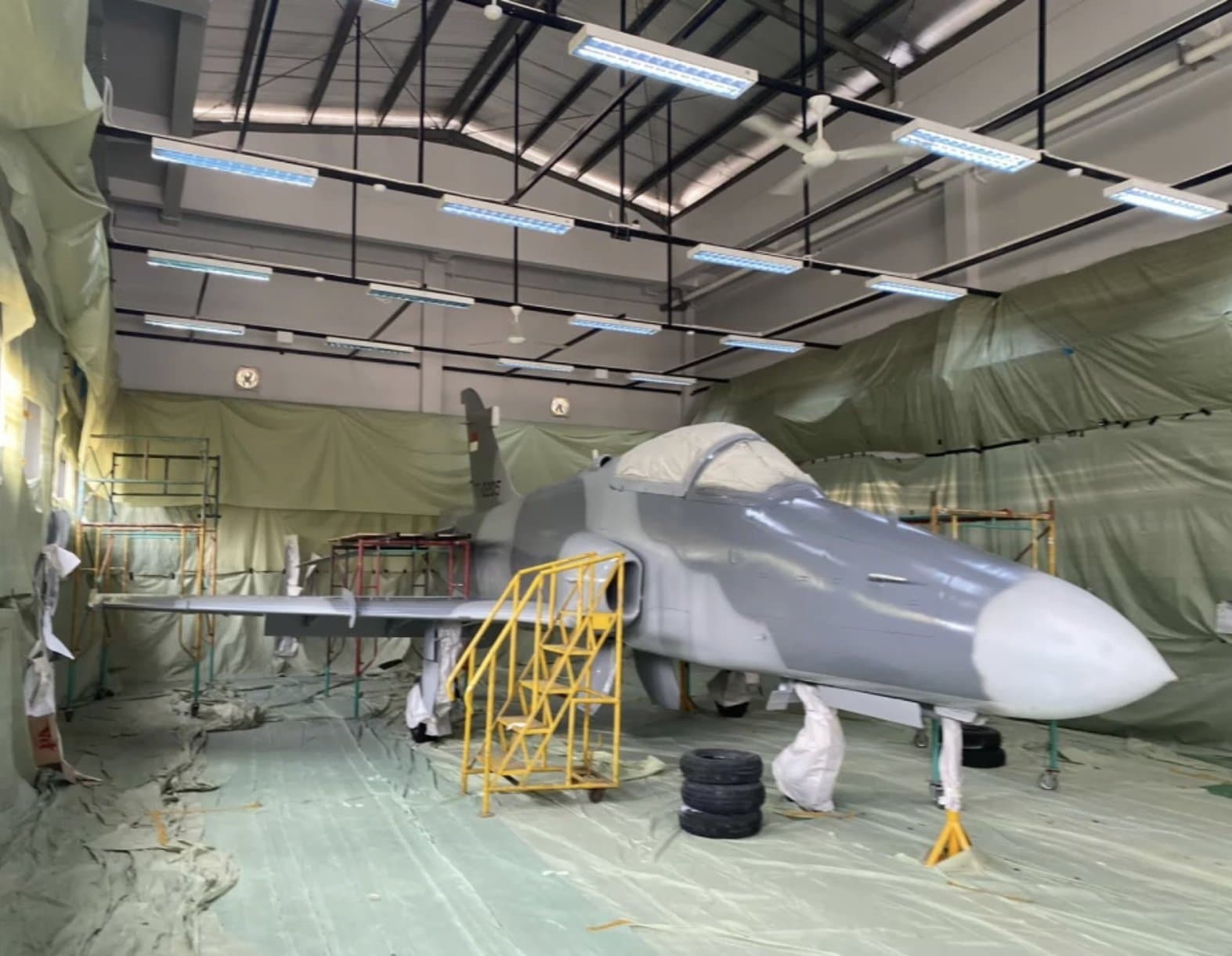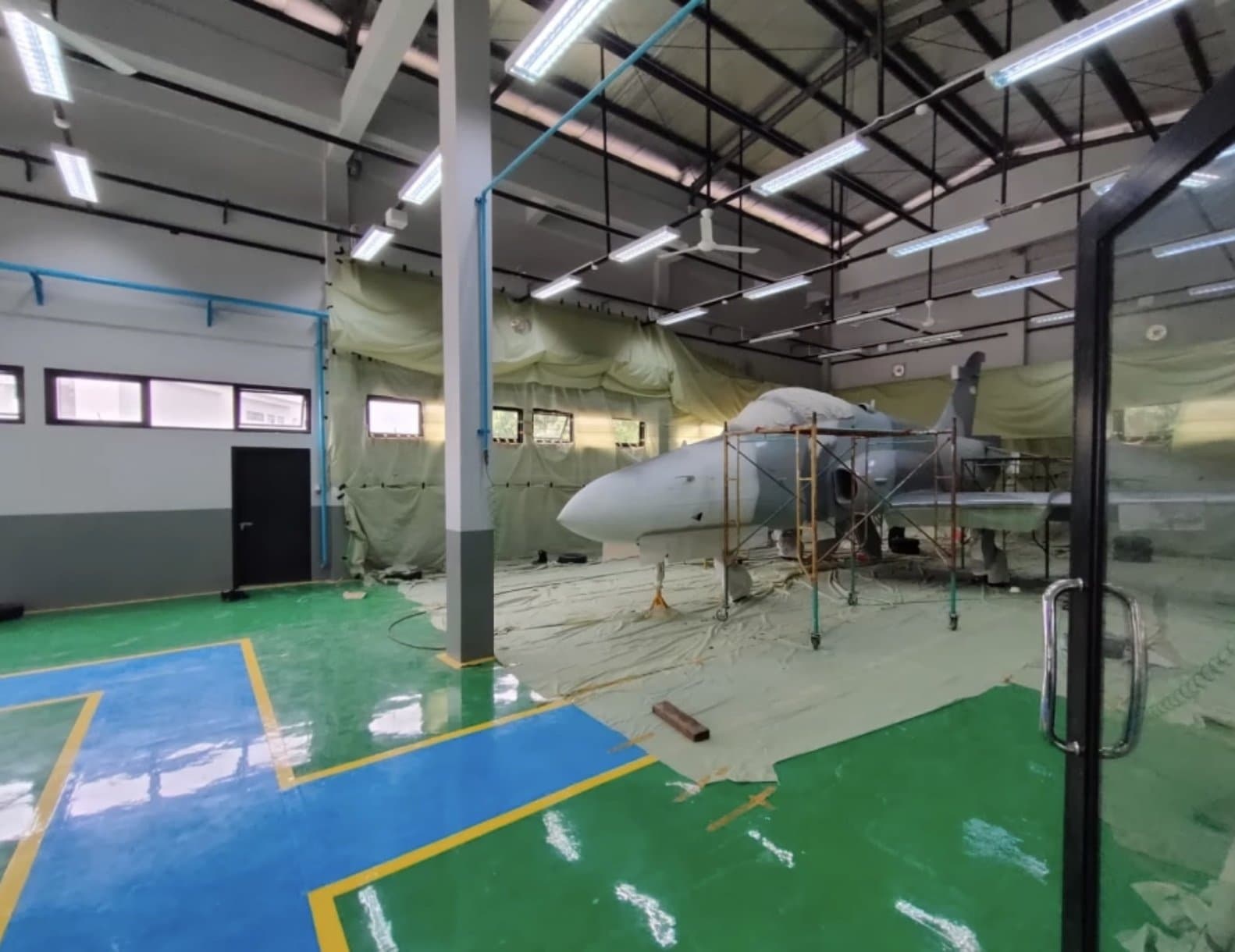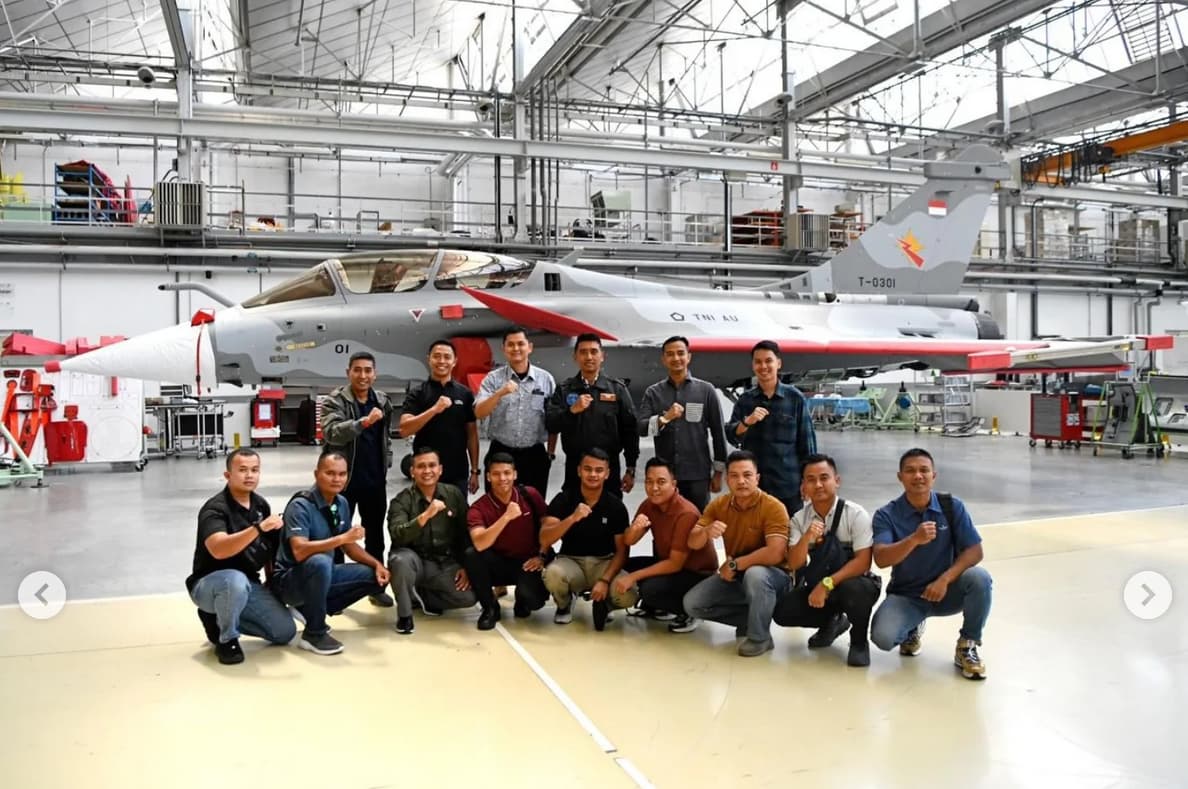in this topic context, example like Indonesia and Philippines at least have something started at Rank 3 or 4 like Ki-84, Ki-61, and some Mustangs. While others like Malaysia and Singapore didn’t have prop tier planes and starts of at rank 5 or 6 (given prior to independence both didn’t have a proper air force and the British (along with Australia) doing the air policing for them)
That should be fine because if ASEAN Is blocked into one subtree, then they can get low and high tier vehicles without as much gaps (besides Japan has a strong in game plan roster low tier and still can get much better)
I might have a suggestion for you then
my twist on Malindo subtree (sans subtree foldering), skipping some planes to avoid copypaste (not much actually), the “+” indicates foldered,
the 2 Su-30’s may be 13.7 given both didn’t have RVV-SD along with later A2G armament from Su-30SM.
Since TNI-AU’s 1st Rafale has been sighted some days ago (though it’s twin seat B aka DI model so far) might as well add it in as earlier mentioned not significantly different to F3R we have in game.
also hard to find which P-51D variant does AURI has so I referenced P-51K that actually has full name in RNLAF display. Doubt that Hawk 208 would give AIM-9M which mean it would at least 12.0+ with not many countermeasure and it has near similar performance as the Alpha Jet in Thai tree. Renamed RTAF F-16 OCU to MLU to avoid confusion with TNI-AU’s own early (AIM-9 only) OCU model
Not really just a UI change. All it really is, is shoving Sub TT vehicles in there own minimized TT in the main.
But what I really wanted is the ability to research main TT vehicles and sub TT vehicle at the same time. The RP will just be doubled for each tree
There was someone who mentioned in great detail about the P-51D versions, but i cant verify how accurate it is
Full Comment (long read)
The comment is replying to this Image
Comment by Ardhika in 2022:
Oh yes, I would like to offer a second opinion on the AURI Mustang. I am a fan of this WWII fighter jet…
Broadly speaking, the acquisition of the AURI Mustang fighter jets is divided into three periods:
First, the period inherited from the Militaire Luchtvaart during the Round Table Conference agreement on December 27, 1949. From this first phase, we obtained approximately 30 airframes from ex-Squadron 121 and 122 ML. All of these ML Mustangs used the numbers H-300 to H-340. After the handover in 1950, the AURI simply replaced the H code with F (Fighter).Second, the post-Permesta period of 1958. I call this period from 1958 to 1960 “President Eisenhower’s apology period” for the revelation of American involvement in PRRI/Permesta, which was an internal Indonesian unrest. This event severely shook the US’s reputation among its allies in Latin America and Southeast Asia. During this period, the Indonesian National Armed Forces (TNI) gained access to US weaponry through the Mutual Defense Assistance (MDA) program offered by Secretary of State John Foster Dulles. In addition to the C-130 Hercules, during this period, the Indonesian Air Force (AURI) received additional P-51Ds, although the exact number is unclear due to behind-the-scenes political agreements. From this, we can understand why the AURI Mustangs had a longer lifespan than other operators. Mustangs from the Eisenhower period used the numbers F-341 to F-359.The third or final period was the Peace Pony II project in 1971. The Indonesian Air Force acquired a total of seven Cavalier Mustang IIs, consisting of six F-51Ds and one tandem seat trainer version TF-51D. Although only refurbished from old stock airframes made in 1944-1945, Cavalier Aircraft, with FAA permission, gave the prefix 71 serial number, meaning the aircraft structure was equivalent to the 1971 assembly. One Cavalier Mustang crashed in 1975, leaving 6 units. Operation Seroja was the end of the Mustang’s service until it was replaced by the OV-10F Bronco in 1976. Cavalier Mustangs used the numbers F-361 to F-367.Returning to the Mustang gate guard Halim, the number F-303 indicates this aircraft is one of the legacy Mustangs of ML. During its service in Australia, the KNIL Mustang used the number N3-6xx, then in preparation for the Politionele I action, all numbers were changed to H-3xx.Uniquely, all of these ‘legacy Mustangs’ were manufactured in the Dallas, Texas factory. So they were not made by the parent North American Aviation factory in Inglewood, California.Mustangs numbered H-300 to H-310 are P-51K-15-NT. This means the P-51K block 15 was made by the Texas factory. H-310 was shot down by our air defense on the slopes of Mount Lawu in 1947.Mustangs numbered H-311 to H-323 are P-51D-20-NT. This means the P-51D block 20 was made by the Texas factory. H-323 was shot down by our fighters in Klaten in 1946.Mustangs numbered H-324 to H-340 are P-51D-25-NT. This means the P-51D block 25 was made in Dallas TX.So how do you differentiate the P-51K from the P-51D? Easy! The P-51K was a P-51D specifically built at the Dallas plant. The standard P-51D at the Inglewood plant used four-blade propellers manufactured by Hamilton Standard. A shortage of Hamilton Standard propellers forced North American to use 11-foot diameter four-blade propellers manufactured by Aeroproducts for the Mustang production line in Dallas.The P-51K used Aeroproducts’ propellers, which had narrower blades. When the supply of Hamilton propellers stabilized, following the production rate of the Mustang at the Dallas plant, the designation reverted to P-51D from block 20.This particular F-303 is the only remaining P-51K in the hands of the Indonesian Air Force! (Wow jewel warbird)! Likewise, the only Dutch P-51K-15-NT is in the Soesterberg military museum. The Mustang H-307 was not handed over to the Indonesian Air Force during the Round Table Conference because it was a non-operational asset and was being used as a static laboratory at the engineering school in Delft. The Netherlands is truly fortunate to have the H-307 because all their Mustangs have been handed over to Indonesia.Although the F-303 and H-307 were in the same production batch, their conditions are very different. The H-307 looks pristine with its polished bare aluminum skin, stored in a closed hangar. The H-307 looks ready to be worked on to be airworthy again. Meanwhile, the F-303 since its retirement in the mid-70s has been used as a gate guard at Halim, displayed on a pile. The F-303 has been mercilessly treated since leaving the factory in 1944 and is still outdoors to this day, counting almost 78 years eaten by the weather. The opaque canopy appears to be loosely sealed, allowing rainwater to pool on the cockpit floor. The only maintenance it received was a thick coat of new paint on the airfoils when the old one faded. The Packard engine inside would have rusted badly if it hadn’t been coated with a thick coat of grease as a preservation measure. Don’t let this “Cadillac of the air” suddenly collapse from its seat due to neglect and corrosion.For that reason, on this occasion we request the Indonesian Air Force Education and Training Command (Kodiklat) cq. Historical Service to truly save the remaining seven P-51 Mustang airframes:
F-303 gate guard at Halim Jakarta
F-338 gate guard at Mabau Cilangkap
F-347 at the Satria Mandala museum shelter
F-354 at the Palagan Ambarawa monument shelter
F-361 at the Muspusdirla Jogja hangar
F-362 gate guard at Mabau Cilangkap
F-363 gate guard at Abdulrachman Saleh MalangAt least immediately end the display period of the four Mustang gate guards because of the obvious degradation due to tropical weather, then move them all to a special place protected from the weather in the form of a shelter or ideally a closed hangar. The position of the gate guard pillar left by the Mustang can be filled by the younger F-5 or A-4 fighter jet.For this P-51K Mustang F-303, we propose to restore it to its original form during the 1950 handover period, including:
– standing back on its three wheels
– removing the installation of eight 81 mm Win (Hispano-Suiza SURA) rockets on the wings
– reinstalling the installation of six 127 mm HVAR Mark 4 ‘Holy Moses’ rockets on the wings as a weapon inherited from the KNIL. HVAR is the first rocket missile owned by the AURI.
– removing the curved UHF antenna on the back and returning the straight VHF antenna. If necessary, reinstall the original ARC-5 VHF band radio console in the cockpit.
– removing all white or silver paint and shark livery on the body and then polishing the aluminum skin until it shines. Leave the Squadron 3 emblem, the F-303 buzz number, and the square red and white flag. The new red and white Pentagon was used in April 1954.After that, the F-303 can be sent to join the Muspusdirla collection in Jogja to educate that the Indonesian Air Force once had two generations of Mustangs. The Cavalier F-51D Mustang II in Jogja uses the fake identity F-338.In the future, the Indonesian Military Command (Kodiklatau) could budget for one Mustang to be included in the Warbird restoration project in America to restore it to airworthy status. The best airframe could be selected from the seven available. This airworthy Mustang could be included in the annual Air Force Day flypast.
Hopefully, we’ll hear the roar of the Packard Merlin V-1650-7 engines again…
comment obtained from:
P-51D Mustang F-303 – Lanud/Bandara Halim Perdanakusuma – Aviation History of Indonesia
TLDR, F-300 to F-310 are P-51K-15-NT, F-311 to F-323 are P-51D-20-NT, F-324 to F-340 are P-51D-25-NT
I think it holds some truth considering the amount and variety of information provided but again cant confirm
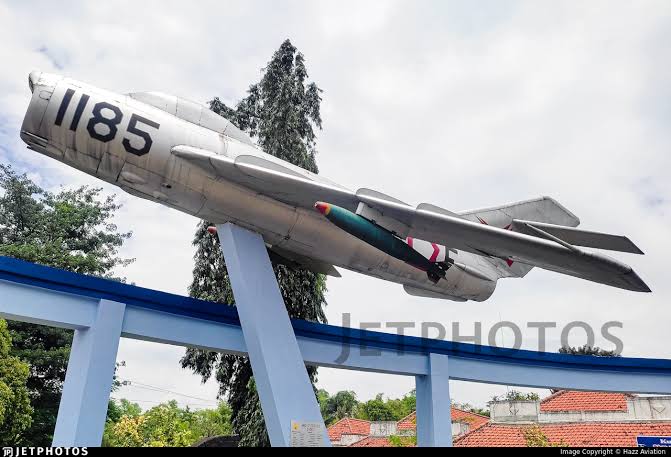
Indonesian Lim-5P
Interesting payload, unfortunately it is not historical as the MiGs were already retired in 1969-1971, while Indonesia only received Mk 80s series bombs in mid to late 1970s
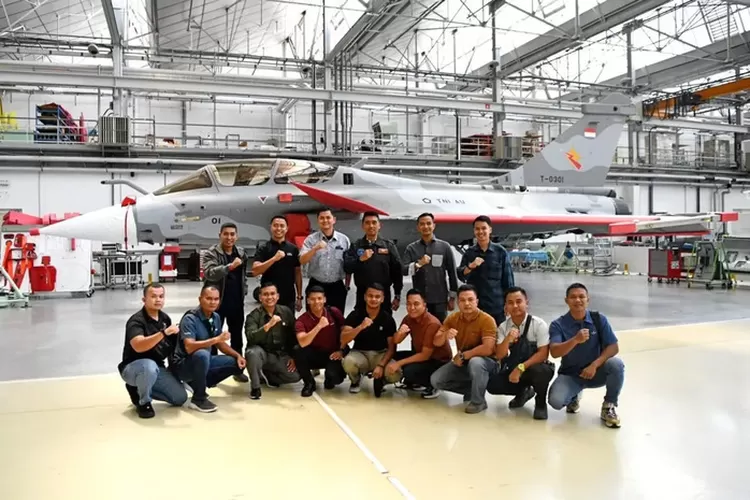
the said Rafale
for info, first 6 deliveries will be Rafale B in 2026 in several batches, Rafale C will be in the next year onwards
asean would seem to be like a britain lite, they will both get rafale, su30 and mig 29
I get that the Philippines dont offer much but I feel like representation with the FA-50PH and F-8H Crusader wouldve sufficed lol (also could consider the AS.211) also get the classic MAPHILINDO term just kind of missing TH in that acronym though.
Also this lacks the Block 20 for FA-50 for both Malaysia and Philippines which is yet to be delivered tbf. Should also include the Gripen E for Thailand but other than that, I like how neatly everything looks.
Hawk 209 being placed in the workshop of the Indonesian Defense University. It seems with the advent of the coming Rafales the hawks will be retired in the near future. Sad news because i quite like the hawk 200 series, but given its age its not really a surprise unfortunately.
source: https://x.com/RizkyAgungW5/status/1931348882203758755
Also throwback to that time we & the RTAF (as well as BAe) hatched a rescue mission to take our UK-embargoed grounded Hawk 209s in Thailand to Indonesia
THREAD : “Rescuing” embargoed Indonesian fighter jets from Thailand
Some footage of Indonesian Air Force jets during the Independence Day Celebration earlier today
Video
First Indonesian Rafale B F.4; four TNI-AU pilots and 12 technicians are currently undergoing various stages of training, and from 20 August onwards, the pilots will continue training at Saint-Dizier Air Base until December in order to fully master mission simulations and flight exercises.
We added it to the Suggestion, a seperate suggestion for the Rafale B F.4 T-0301 itsaelf is also pending.
a bit early no? We still havent gotten a proper loadout for it yet. I think only the Meteors are confirmed*, exocets and the like are not mentioned as of now
Not doubting you or anything but, curious as to where you got this info. I just drew parallels to the F-16s where TS-1601-1604 were two-seaters and TS-1605 and above are singles.
Appreciate it.🙏
Jadwal Kedatangan Jet Tempur Rafale B di Indonesia, Bermarkas di Mana?
The Rafale B fighter jets will arrive in February-March 2026.
Air Force Chief of Staff (KSAU) Marshal Tonny Harjono revealed that six Rafale fighter jets ordered from France will begin strengthening the Indonesian Air Force fleet in 2026.
Deliveries will be made in stages, starting with three aircraft scheduled to arrive in February or March 2026.
“Around February or March next year, the first three Rafales will arrive, then the next three units will follow three months later,” said Tonny after leading the Indonesian Air Force Leadership Meeting at Mabesau, Cilangkap, East Jakarta, as quoted by Kompas.com, Monday (3/2/2025).
Meanwhile, as reported by Kompas.com, Wednesday (21/9/2022), the Spokesperson for the Minister of Defense, then held by Dahnil Anzar Simanjuntak, confirmed that the purchase contract for six Rafale fighter jets had officially come into effect on September 9, 2022.
This isnt where i got the info from but it shows the same info. Honestly forgot where ive read it. It could’ve been mentioned by Lembaga KERIS or someone mentioned it in a defence forum somewhere, cant remember.
There’s talks between Pindad and Safran on producing AASM kits locally.
https://pindad.com/delegasi-safran-kunjungi-pindad-bahas-kerja-sama-smart-bomb-untuk-rafale
Also, we’ve seen Gaijin adding unhistorical payloads for some aircraft, so we already have precedents.
True, honestly completely forgot about that.
